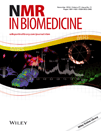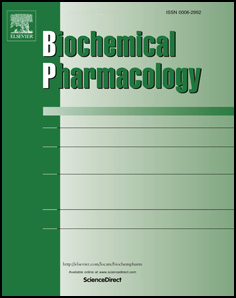
Montoliu-Gaya, Laia, Jofre Güell-Bosch, Gisela Esquerda-Canals, Alejandro R. Roda, Gabriel Serra-Mir, Silvia Lope-Piedrafita, José Luís Sánchez-Quesada & Sandra Villegas. 2018. Differential effects of apoE and apoJ mimetic peptides on the action of an anti-Aβ scFv in 3xTg-AD mice. Biochemical Pharmacology 155. 380–392. DOI: 10.1016/j.bcp.2018.07.012
Anti-Aβ immunotherapy has emerged as a promising approach to treat Alzheimer’s disease (AD). The single-chain variable fragment scFv-h3D6 is an anti-Aβ antibody fragment that lacks the Fc region, which is associated with the induction of microglial reactivity by the full-length monoclonal antibody bapineuzumab. ScFv-h3D6 was previously shown to restore the levels of apolipoprotein E (apoE) and apolipoprotein J (apoJ) in a tripletransgenic- AD (3xTg-AD) mouse model. Since apoE and apoJ play an important role in the development of AD, we aimed to study the in vivo effect of the combined therapy of scFv-h3D6 with apoE and apoJ mimetic peptides (MPs).
Continue reading MRI/MRS in treated Alzheimer mice
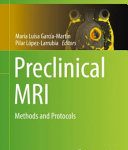
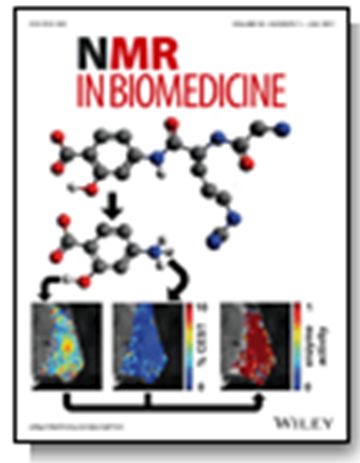 “Metronomic treatment in immunocompetent preclinical GL261 glioblastoma: effects of cyclophosphamide and temozolomide” by by L. Ferrer-Font, N. Arias-Ramos,
“Metronomic treatment in immunocompetent preclinical GL261 glioblastoma: effects of cyclophosphamide and temozolomide” by by L. Ferrer-Font, N. Arias-Ramos, 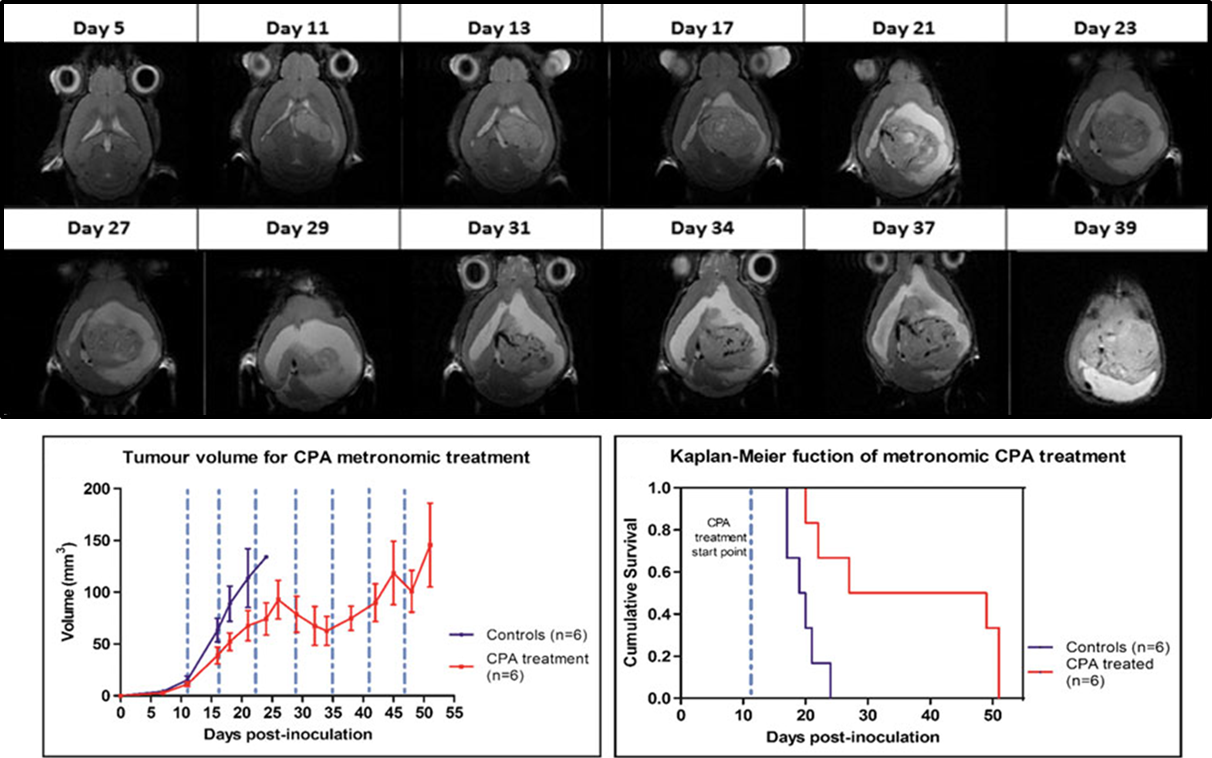
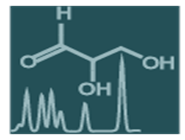 “Metabolomics of Therapy Response in Preclinical Glioblastoma: A Multi-Slice MRSI-Based Volumetric Analysis for Noninvasive Assessment of Temozolomide Treatment” by N. Arias-Ramos, L. Ferrer-Font,
“Metabolomics of Therapy Response in Preclinical Glioblastoma: A Multi-Slice MRSI-Based Volumetric Analysis for Noninvasive Assessment of Temozolomide Treatment” by N. Arias-Ramos, L. Ferrer-Font, 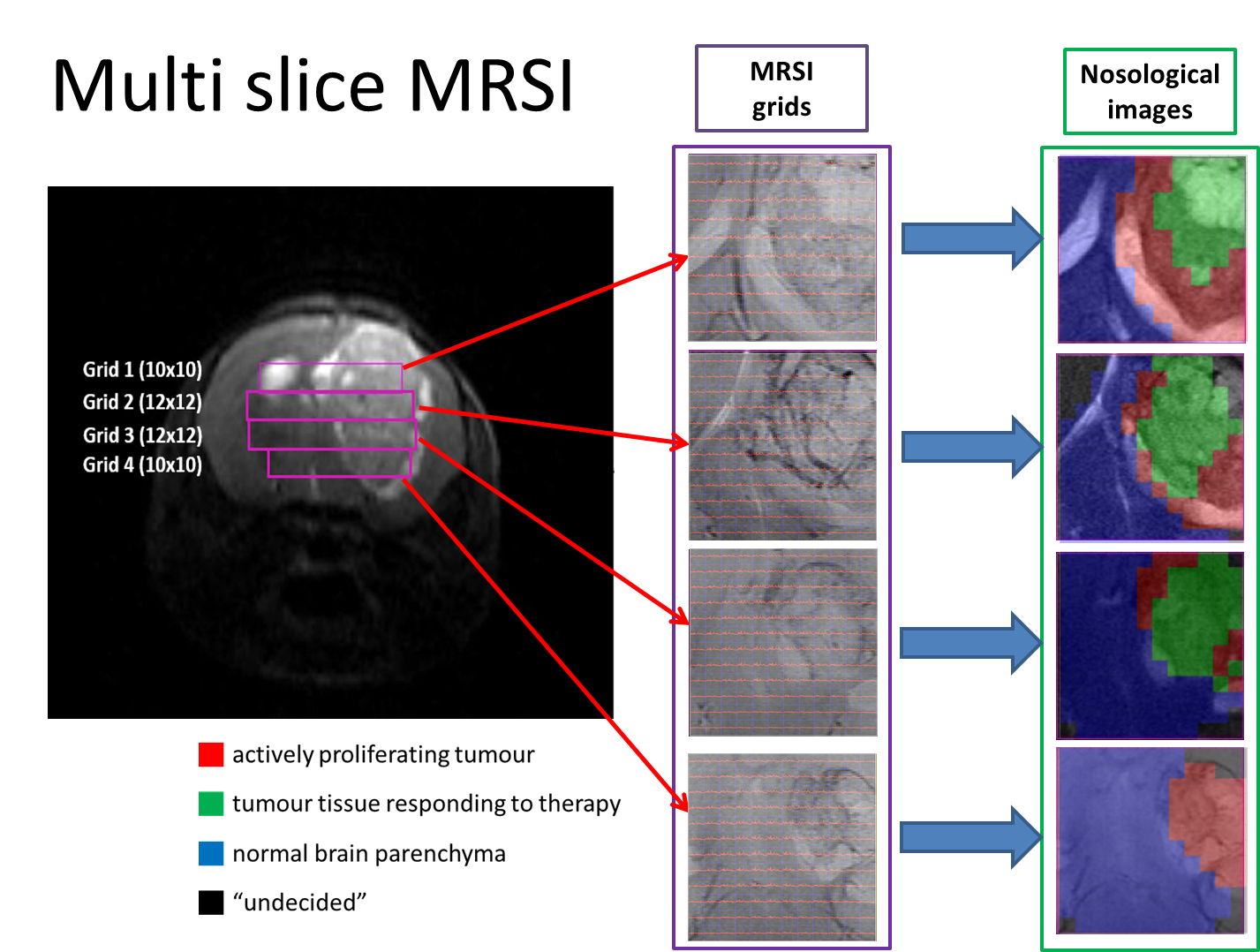 Therefore, the goal of this work was to acquire 3D-like information from preclinical GBM under a longitudinal treatment protocol, using a multi-slice MRSI approach.
Therefore, the goal of this work was to acquire 3D-like information from preclinical GBM under a longitudinal treatment protocol, using a multi-slice MRSI approach.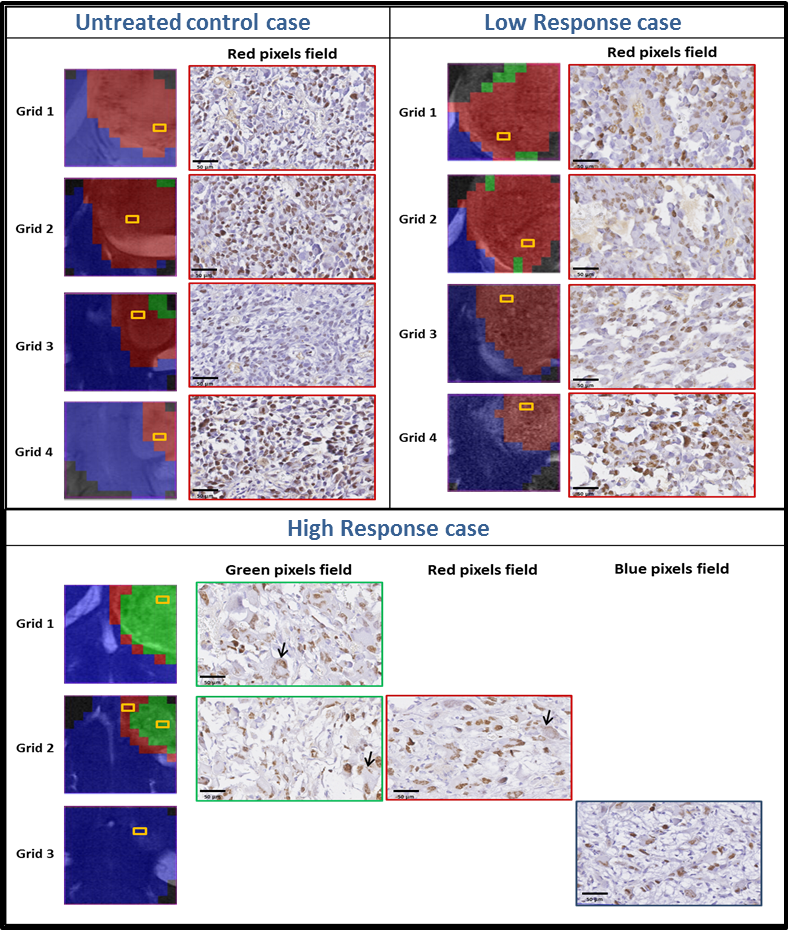
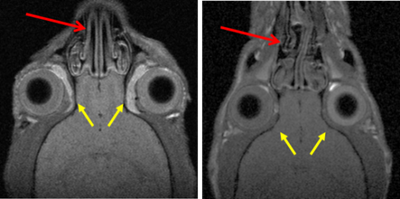
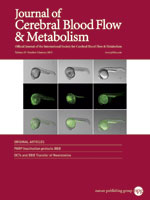
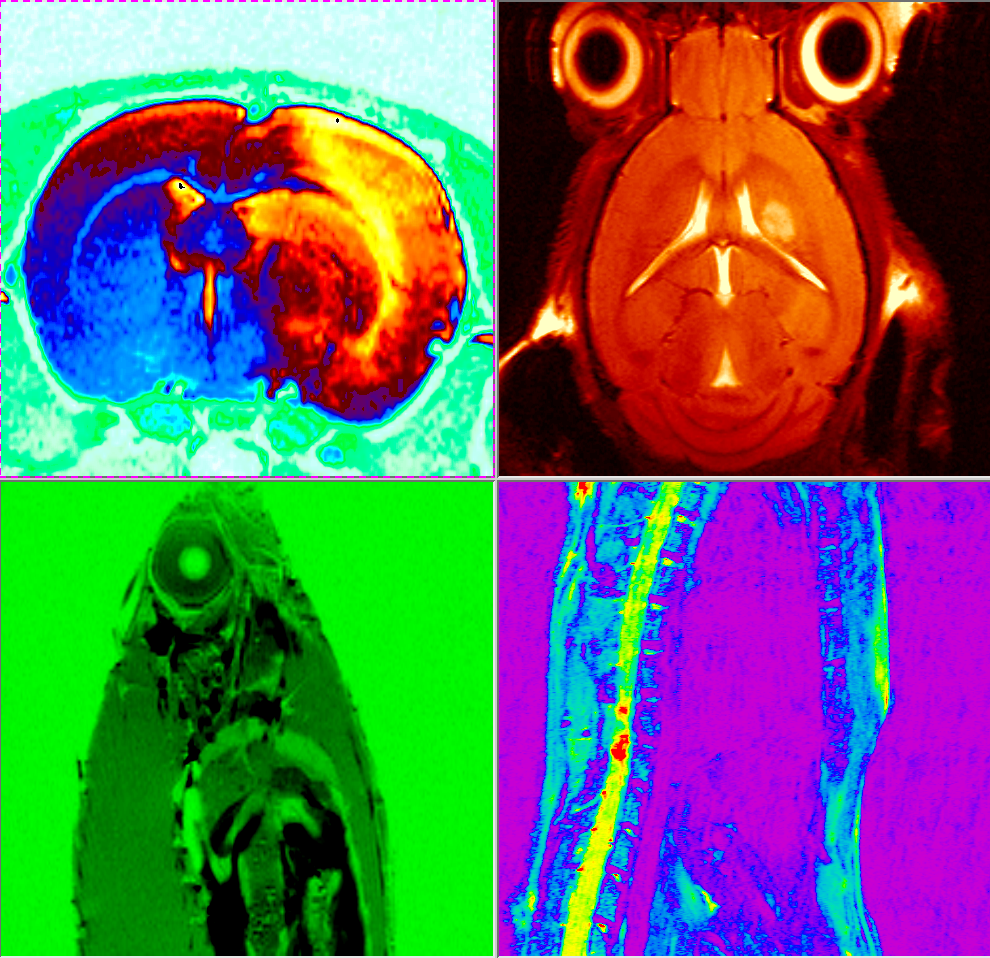 ombines a comprehensive series of lectures on the technology of Magnetic resonance spectroscopy and imaging (MRS/MRI) with hands-on laboratory sessions to provide practical demonstrations of key concepts and procedures for preclinical studies.
ombines a comprehensive series of lectures on the technology of Magnetic resonance spectroscopy and imaging (MRS/MRI) with hands-on laboratory sessions to provide practical demonstrations of key concepts and procedures for preclinical studies. 